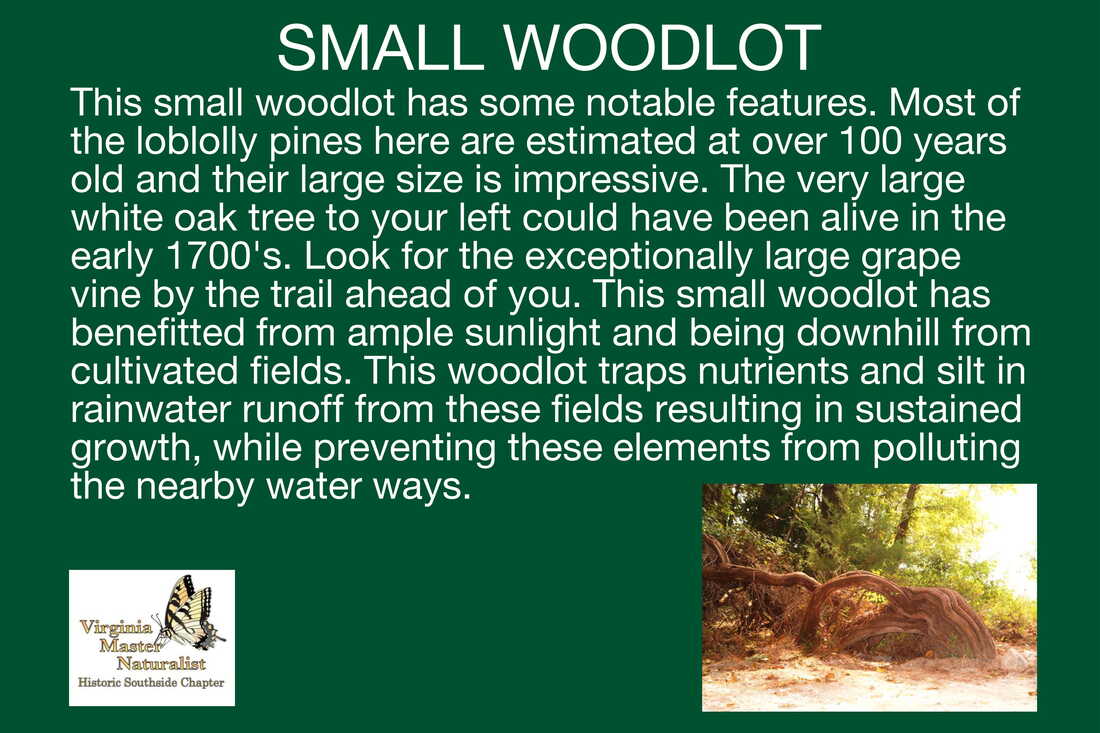Introduction
A woodlot is a small area of trees that can be used as fuel or to provide wood for building things. Since Windsor Castle Park was originally a working farm with a manor house, barns, and other outbuildings dating back to the 1732, this particular woodlot could have been the main source of firewood needed to heat the house, provide fuel for cooking on fireplaces or wood stoves, or to supply building materials for the various wooden structures on the property. The first known use of the word ‘woodlot’ was in America in 1643. Another definition of woodlot is a tract, especially on a farm, set aside for trees.
Some facts to consider
A woodlot is a small area of trees that can be used as fuel or to provide wood for building things. Since Windsor Castle Park was originally a working farm with a manor house, barns, and other outbuildings dating back to the 1732, this particular woodlot could have been the main source of firewood needed to heat the house, provide fuel for cooking on fireplaces or wood stoves, or to supply building materials for the various wooden structures on the property. The first known use of the word ‘woodlot’ was in America in 1643. Another definition of woodlot is a tract, especially on a farm, set aside for trees.
Some facts to consider
- Woodlots have long played an important role in the development of the United States. As forests were cleared for agriculture, often a small patch of forest, or woodlot, was retained for wood. The woodlot provided the wood for shelter, warmth, and cooking and it served as habitat for forest wildlife that provided sustenance to early settlers.
- The white oak is one of our most stately and beautiful trees and it is found over most of the eastern United States. It can grow to reach heights of well over 100 feet and ages of 500 years or more.
- There are a number of different species of wild grape native to Virginia. They are deciduous vines that share a rambling, twining, climbing habit. The vines sprout from seeds spread by birds and animals that feast upon the fruit.








